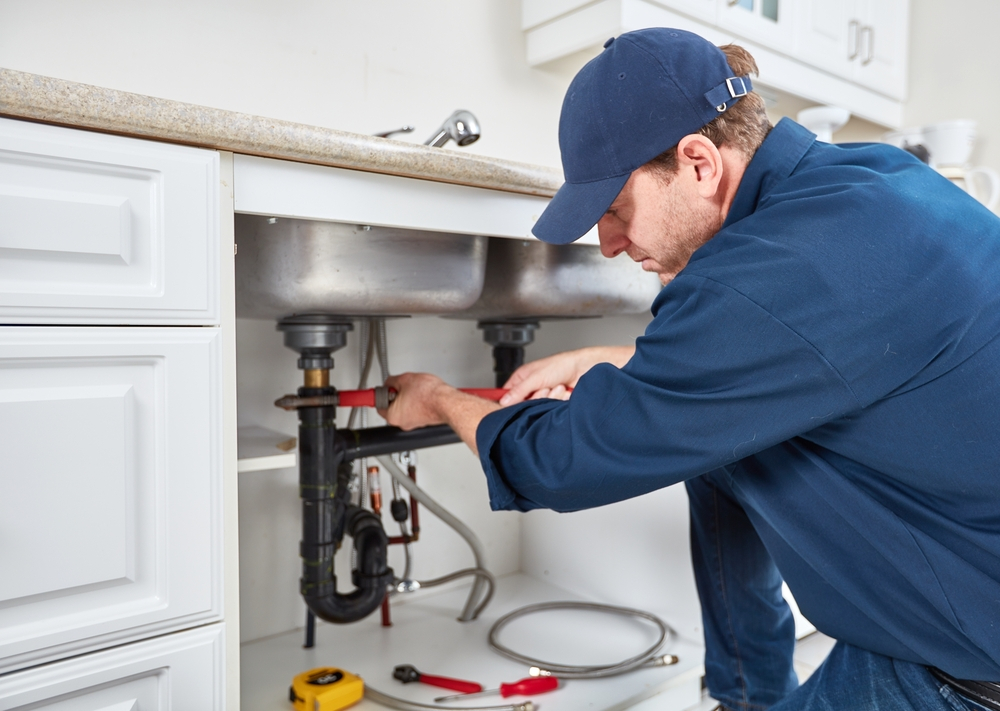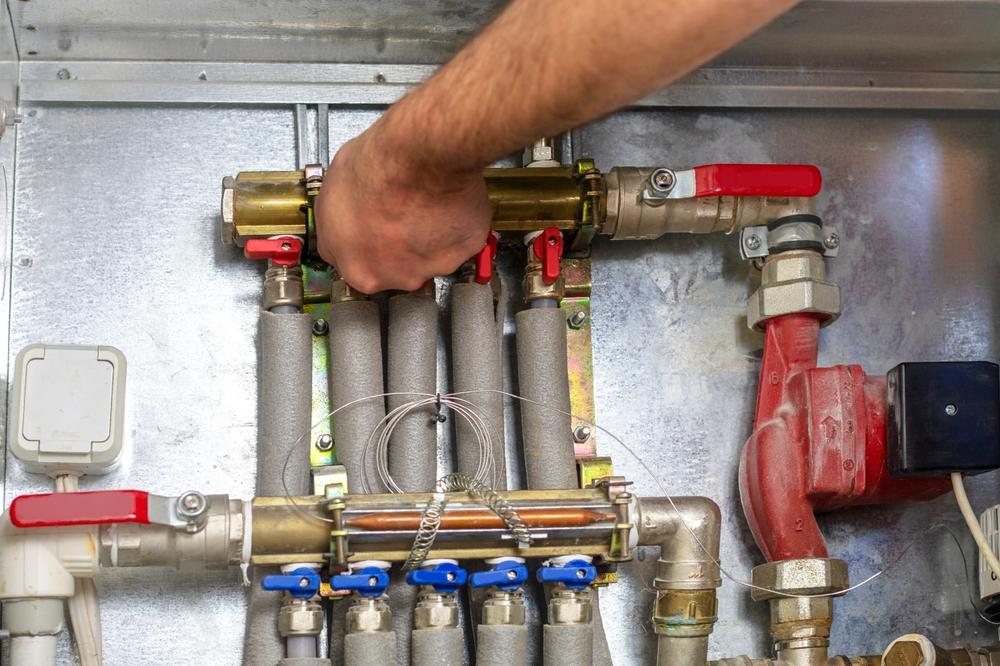The Benefits of Choosing Energy-Efficient Plumbing Fixtures
In today’s ever-evolving world, where environmental concerns are escalating and sustainability is becoming a paramount focus, the significance of selecting energy-efficient solutions cannot be overstated. Among the myriad of choices individuals face in their efforts to reduce their environmental impact, upgrading to energy-efficient plumbing fixtures stands out as a tangible and effective action. Traditional plumbing fixtures not only contribute to higher energy consumption but also exacerbate the strain on our planet’s finite resources. This article aims to delve deeply into the multifaceted advantages of opting for energy-efficient plumbing fixtures, elucidating their financial benefits, environmental implications, and enhanced performance compared to their conventional counterparts.
Understanding Energy-Efficient Plumbing Fixtures
Energy-efficient plumbing fixtures represent a technological leap forward in water and energy conservation within residential and commercial settings. Unlike their traditional counterparts, which often prioritize functionality over efficiency, these fixtures are designed to strike a delicate balance between performance and resource conservation.
At the heart of energy-efficient plumbing fixtures lie innovative mechanisms and materials engineered to minimize water and energy wastage without compromising on functionality. For instance, aerators are integrated into faucets to regulate water flow, while low-flow showerheads utilize advanced nozzle designs to maintain water pressure while reducing water consumption.
The spectrum of plumbing fixtures that can be upgraded to energy-efficient options is broad and diverse. From faucets and showerheads to toilets and water heaters, virtually every aspect of a building’s plumbing system can be optimized for efficiency. By replacing outdated fixtures with their energy-efficient counterparts, households and businesses alike can significantly diminish their environmental footprint while enjoying long-term cost savings.
When purchasing energy-efficient plumbing fixtures, consumers should pay heed to various certifications and labels that signify compliance with stringent efficiency standards. Prominent certifications such as WaterSense and ENERGY STAR serve as reliable indicators of a fixture’s ability to conserve water and energy without sacrificing performance. By aligning their purchasing decisions with these certifications, consumers can make informed choices that yield tangible benefits for both their wallets and the environment.

Energy-Efficient
Advantages of Using Energy-Efficient Plumbing Fixtures
The adoption of energy-efficient plumbing fixtures offers a myriad of advantages, spanning financial, environmental, and performance-related domains. Perhaps most compellingly, these fixtures pave the way for substantial financial savings over the long term.
By curbing water and energy consumption, energy-efficient fixtures translate into lower utility bills for households and businesses alike. The cumulative effect of reduced water and energy usage can be particularly pronounced in regions where water and electricity tariffs are high, thereby amplifying the economic benefits of transitioning to energy-efficient fixtures.
Moreover, governments and utility companies often incentivize the adoption of energy-efficient fixtures through tax rebates and subsidies. These financial incentives serve to further offset the upfront costs associated with purchasing and installing energy-efficient fixtures, making the transition even more appealing from a financial standpoint.
Beyond financial considerations, the environmental benefits of energy-efficient plumbing fixtures are equally compelling. By conserving water and energy resources, these fixtures play a pivotal role in mitigating the strain on our planet’s ecosystems and reducing our collective carbon footprint.
Water scarcity is an increasingly pressing issue in many parts of the world, and energy-efficient fixtures offer a practical solution to this challenge by minimizing water wastage. Likewise, the energy savings achieved through the use of energy-efficient fixtures contribute to a reduction in greenhouse gas emissions, thereby helping to mitigate the adverse effects of climate change.
In addition to their economic and environmental benefits, energy-efficient plumbing fixtures often outperform their traditional counterparts in terms of performance and functionality. Advanced engineering and design techniques ensure that these fixtures deliver a consistent and reliable user experience while maximizing water and energy savings.
For example, low-flow showerheads are equipped with precision-engineered nozzles that maintain water pressure while reducing water consumption, providing users with an invigorating shower experience without unnecessary waste. Similarly, modern toilets incorporate dual-flush mechanisms that allow users to choose between a full flush and a partial flush, further optimizing water usage without sacrificing flushing power.
How to Choose the Right Energy-Efficient Plumbing Fixtures
Selecting the right energy-efficient plumbing fixtures near me requires careful consideration of several key factors, ranging from water flow rates to design aesthetics. By taking these factors into account, consumers can ensure that they make informed choices that align with their needs and preferences while maximizing efficiency and performance.
One of the primary considerations when choosing energy-efficient fixtures is the fixture’s water flow rate, which is measured in gallons per minute (GPM) for faucets and showerheads and gallons per flush (GPF) for toilets. Lower flow rates indicate greater water efficiency, so consumers should look for fixtures with flow rates that meet or exceed industry standards for efficiency.
In addition to water flow rates, consumers should also pay attention to efficiency ratings such as the WaterSense label for faucets and showerheads and the MaP (Maximum Performance) rating for toilets. These labels indicate that the fixture has been independently tested and certified to meet rigorous efficiency standards, providing consumers with confidence in their purchasing decisions.
Design is another crucial consideration when choosing energy-efficient plumbing fixtures, as fixtures must not only be functional but also aesthetically pleasing to ensure seamless integration into the overall design scheme of a space. Fortunately, manufacturers offer a wide range of energy-efficient fixtures in various styles and finishes, allowing consumers to find fixtures that complement their unique tastes and preferences.
Proper installation and maintenance are essential for maximizing the performance and longevity of energy-efficient plumbing fixtures. Consumers should ensure that fixtures are installed correctly to prevent leaks and optimize efficiency, and they should also perform regular maintenance tasks such as cleaning aerators and replacing worn-out components to keep fixtures operating at peak efficiency.
By considering these factors and taking proactive steps to select and maintain plumbing fixtures, consumers can maximize the benefits of their investment while minimizing their environmental impact.

Incorporating Energy-Efficient Fixtures into Home Design
The integration of energy-efficient fixtures into home design represents a growing trend driven by increasing awareness of environmental issues and a growing desire for sustainable living solutions. By incorporating these fixtures into new construction or renovation projects, homeowners can create spaces that are not only stylish and functional but also environmentally friendly and cost-effective.
One of the key advantages of energy-efficient fixtures is their versatility, as they can be seamlessly integrated into a wide range of design styles and aesthetics. Whether homeowners prefer sleek, modern fixtures or rustic, traditional designs, there are energy-efficient options available to suit every taste and preference.
In addition to their aesthetic appeal, energy-efficient fixtures offer practical benefits that enhance the overall livability of a space. For example, low-flow showerheads and faucets provide users with a luxurious shower experience while minimizing water consumption, while dual-flush toilets offer flexibility and convenience without sacrificing flushing power.
Moreover, the incorporation of energy-efficient fixtures into home design can increase the value of a property and appeal to environmentally conscious buyers. As sustainability becomes an increasingly important consideration for homeowners and homebuyers alike, properties equipped with energy-efficient fixtures may command higher resale values and attract a broader pool of potential buyers.
Conclusion:
The benefits of choosing energy-efficient plumbing fixtures extend far beyond mere cost savings, encompassing environmental conservation, enhanced performance, and aesthetic appeal. By making the switch to energy-efficient fixtures, consumers can reduce their environmental footprint, lower their utility bills, and create spaces that are both stylish and sustainable.
However, realizing these benefits requires careful consideration of various factors, including water flow rates, efficiency ratings, and design aesthetics. By taking proactive steps to select and maintain energy-efficient fixtures, consumers can maximize the benefits of their investment while minimizing their environmental impact.
As awareness of environmental issues continues to grow and sustainability becomes increasingly important, the integration of energy-efficient fixtures into home design is likely to become even more widespread. By embracing this trend and making informed choices about the fixtures they install in their homes, consumers can play a vital role in creating a more sustainable future for generations to come.
https://maps.app.goo.gl/31Yt4rhDrainzNJ4A
(279) 203-0765
https://plumbingservicesca.com/
